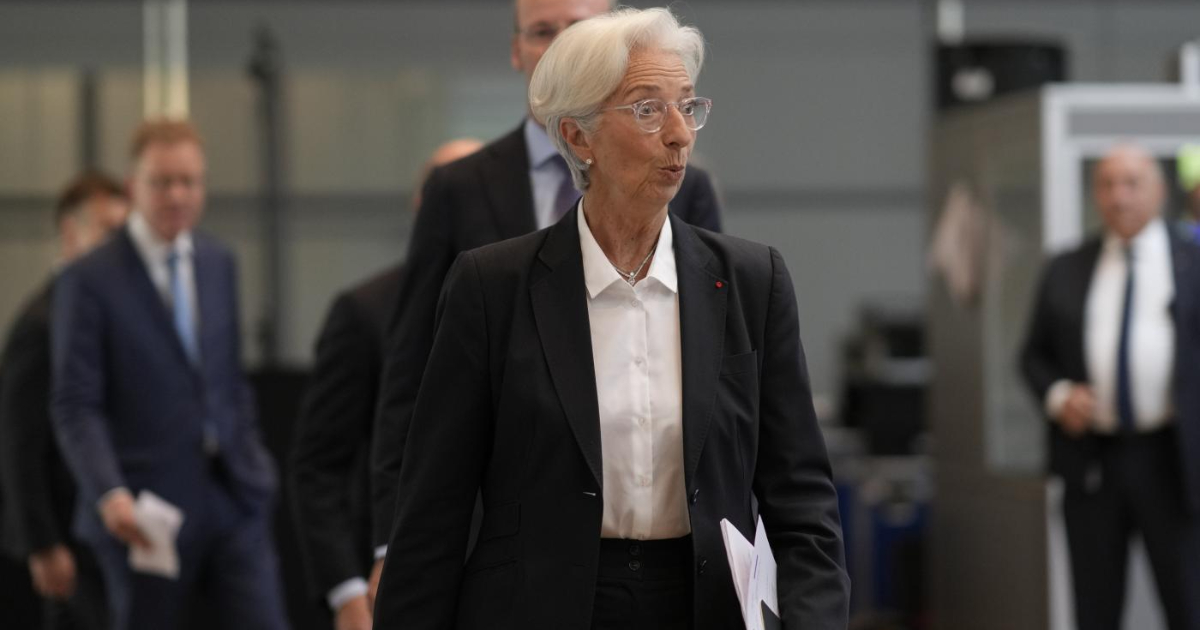Stop. One of the effects of the Californian bank crash Svb could be to “cripple” the two largest central banks in the world, Federal Reserve and European Central Bank. Faced with markets unsettled by the shockwaves of bankruptcy, raising rates further could be a rash move. And so, the rise of another half point almost certain at next Thursday’s ECB meeting comes now questioned. Just as an approach is expected more cautious from the Fed. The most likely scenario now looks like one pause perhaps for the whole of 2023 of the aggressive campaign to raise the cost of money. Without ruling out the hypothesis of a cut in the cost of money already this year. Music to investors’ ears and prospects some relief for those with adjustable rate mortgages or is about to subscribe to a new one. Since last July, when the ECB began to increase the cost of money, the monthly installments of an average variable-rate mortgage have risen by around 200 euros a month, eroding the purchasing power of households already weakened by inflation . The odds that the Federal Reserve US will not raise interest rates at the next meeting in March are now at 66%. The investment bank Goldman Sachs said today that it doesn’t expect any more hikes at the next Fed meeting 22 march.
The collapse of Svb has brought into the spotlight one of the side effects of the rate hike, perhaps a little underestimated so far. In general, higher rates tend to increase bank revenues and for this reason bank stocks have performed well in recent months. In fact, the difference between the interest that banks pay increases to depositors and those charging on the loans they make. However, the rise in interest rates reduces the circulation value of government securities (and bonds in general). No problem if the securities are brought to maturity (the repayment is equal to the nominal value) but a potential problem if the need to sell in advance.
Investments in bonds can be accounted for in different ways but a loss in their value can produce losses and therefore affect the bank’s capital forcing it to strengthen it. According to data from Federal Deposit Insurance Corporation (FIDC) US banks have potential losses on the balance sheet 620 billion dollars, i.e. on assets whose value has dropped in terms of price but which have not yet been sold. To alleviate risks and problems the Fed has opened up the possibility for troubled banks to obtain liquidity with loans with a maximum duration of one year giving as a guarantee government bonds, which will be valued at their nominal value (and not the current market value). But the same argument can be applied to European and Italian banks. Yesterday Unicredit lost 9%, Intesa Sanpaolo 6%, Banco Bpm 8%. The heavy declines recorded by European banking stocks seem to be attributable to these dynamics rather than to the very modest if not non-existent exposure to the failed Californian institution. According to the Moody’s rating agency (which until Thursday attributed to Svb a medium-high reliability rating, ndr), “Large European banks are generally well positioned to avoid the need to sell their bonds at a loss.” Moody’s noted that a third of government bonds held by European banks will expire within the next two yearsensuring a continuous flow of liquidity and reducing the need to sell assets.
It will now be the difficult task of central banks to weigh the seriousness of these risks in relation to the attempt to reduce inflation. Moreover, conflicting theses on the reading of the inflationary phenomenon adopted so far are starting to circulate within the ECB. In particular, the race in prices would be attributable first of all to the behavior of the companies which raised their prices more than the increase in the costs they bear. Next Thursday’s meeting promises to be hot. The markets anticipate a step back.
Previous Article
The green sticker of Kpmg auditors on the financial statements of the failed Silicon Valley Bank and Signature Bank. “Good financial health”

